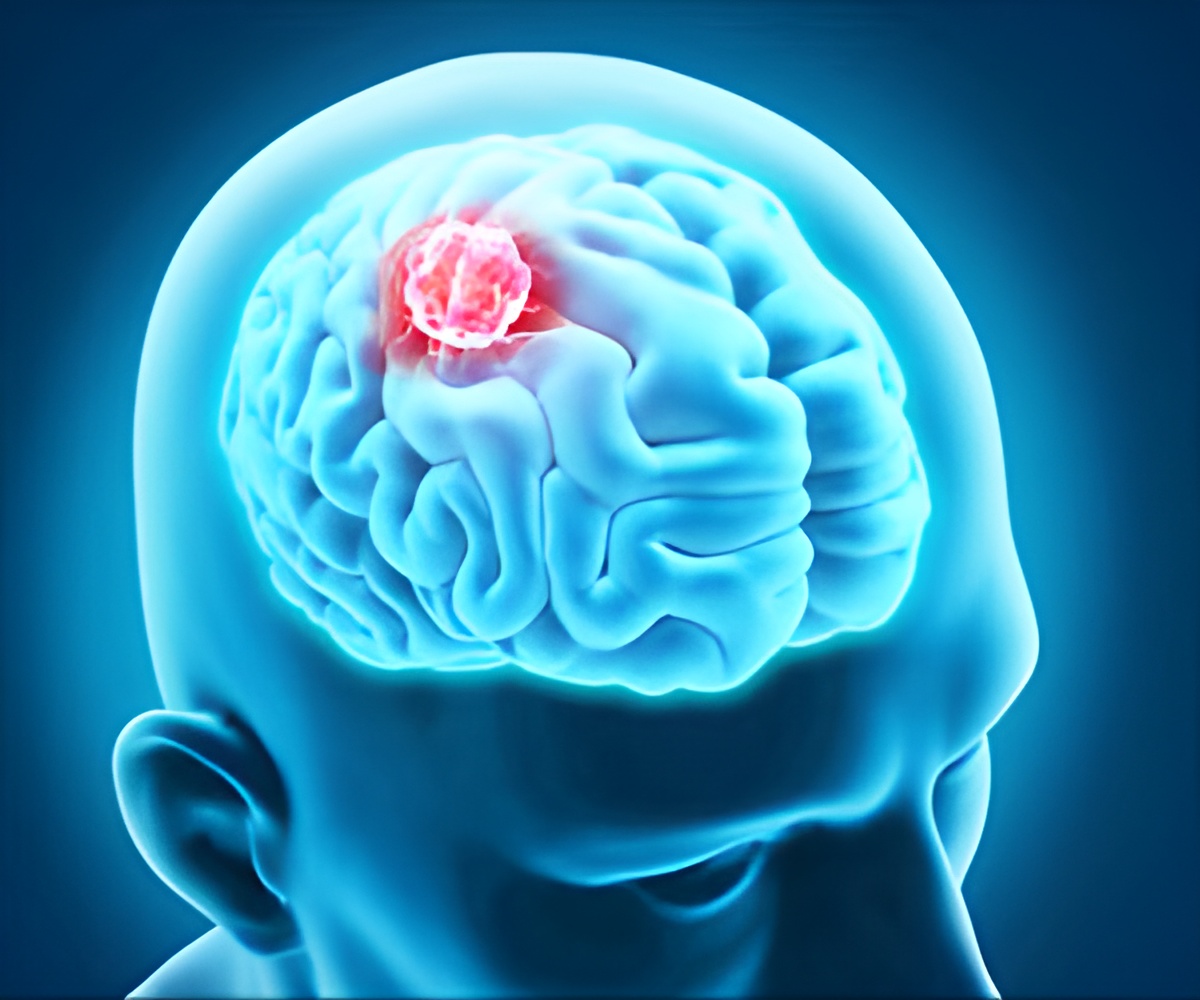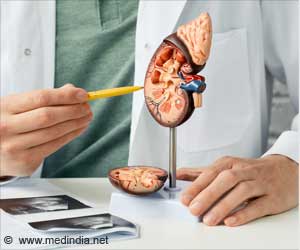Among polycystic kidney disease patients who had evidence of aneurysms at the initial screening, new brain aneurysms were detected in 5 patients during an average follow-up of 8 years, and none of the aneurysms ruptured.

For the study, Vincente E. Torres, MD, PhD (Mayo Clinic) and his colleagues examined the medical records of 812 patients with ADPKD who were evaluated between 1989 and 2017 and underwent brain imaging tests despite having no neurological symptoms.
Among the major findings:
94 brain aneurysms were diagnosed in 75 of the 812 (9%) patients who underwent screening. None of the aneurysms ruptured over an average follow-up of 9 years.
Gender, age, race, and genetics related to ADPKD were similar in the groups with and without aneurysms, but hypertension and a history of smoking were more frequent in the aneurysm group.
29% of patients with aneurysms vs. 11% of those without aneurysms had a family history of subarachnoid hemorrhage, a type of stroke caused by bleeding into the space surrounding the brain.
Advertisement
Among 135 of the 737 patients with no brain aneurysms detected at the first screening who underwent additional screening, 3 patients developed aneurysms over an average follow-up of 7 years, and 2 patients had a brain aneurysm rupture. Both patients had significant risk factors for brain aneurysm development and rupture.
Advertisement
"We also recommend screening to patients with ADPKD before major elective surgeries (including transplantation), those with high risk occupations, and those who after being properly informed on the available data wish to be screened for reassurance," said Dr. Torres. "We educate our patients on the importance of correcting conditions that have been associated with aneurysmal development and/or rupture, particularly smoking and inadequately controlled hypertension. The results our study do not provide a reason for changing our current approach".
In an accompanying editorial, Ivana Kuo, PhD (Loyola University School of Medicine) and Arlene Chapman, MD (University of Chicago) noted that "this report provides some incremental confirmatory information regarding the increased frequency of intracranial aneurysm, the traditional characteristics of intracranial aneurysm in ADPKD similar to the general population, and a significant need for more mechanistic studies to determine how central a role the ADPKD proteins play in intracranial aneurysm formation."
In an accompanying Patient Voice editorial, Kevin Fowler shared his first-hand experiences with ADPKD and his opinion of the study.
Source-Eurekalert















